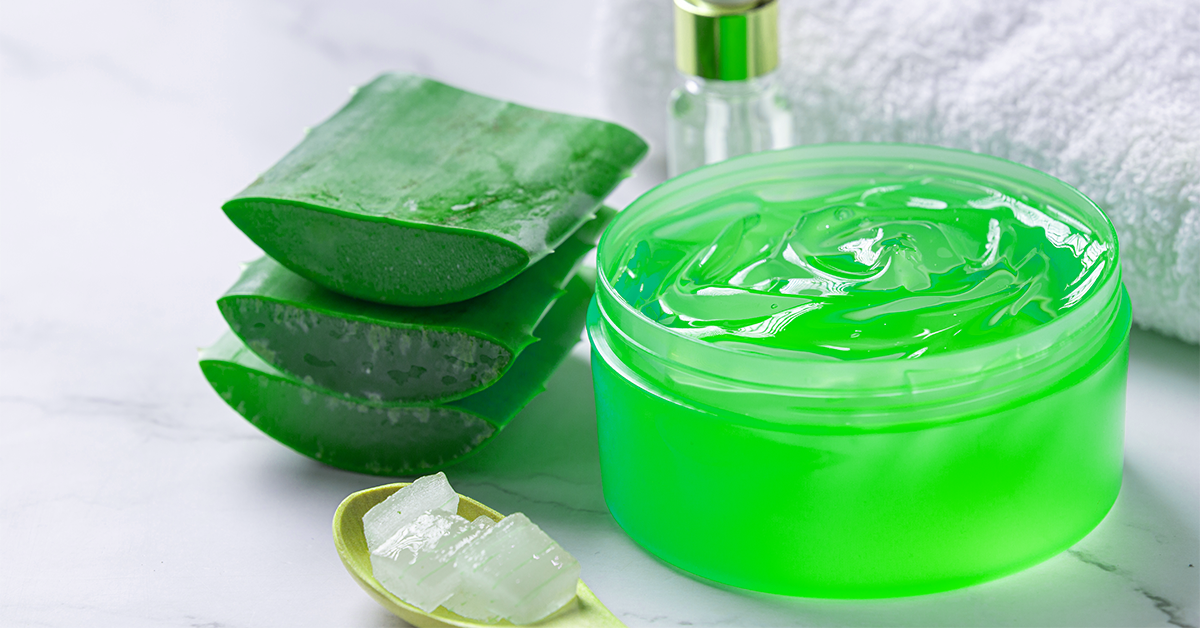Creating effective and performant React components is important for a seamless user experience. React, which is well known for its flexibility and efficiency, is the tool that developers choose to build complex user interfaces. However, these components should be optimized for performance if one is to get the best from React.
Understanding Rendering in React
Rendering is the process by which React updates the Document Object Model (DOM) based on changes in the state or props of a component. Every time a component’s state changes, React re-renders the component to reflect the new state in the UI.
However, not all re-renders have to impact the DOM. React uses a reconciliation algorithm, commonly referred to as the virtual DOM, to only apply DOM updates that are necessary. This is where the performance aspect comes into play.
Key Strategies for Optimizing Renders
Here are the key strategies for optimizing renders and when you hire React developers, they can also help you in this regard:
- Decreasing Component Re-renders
To enhance your app’s performance, it’s essential to limit the frequency and scope of component re-renders. Here are a few strategies:
- Use Pure Components
React.PureComponent can be used for class components to prevent unnecessary re-renders. It performs a shallow comparison of props and state, rendering the component only when a change is detected.
- Memoization with React.memo
For functional components, wrapping them in React.memo will prevent re-renders unless the props change. This is similar to PureComponent but for functional components.
- Optimizing Component State and Props
Effective management of state and props is vital for rendering optimization:
- Lift State Up Only When Necessary
Avoid lifting state unnecessarily as it can lead to redundant re-renders at higher levels in your component hierarchy.
- Keep Component Props Minimal
Pass only necessary props to components to reduce the likelihood of unnecessary re-renders.
- Using React Hooks Effectively
React Hooks, such as useState, useEffect, and useMemo, provide more control over the component lifecycle and rendering behavior:
- useState and useEffect
Use these hooks to manage state and side effects in functional components. Careful orchestration of these hooks can prevent extra re-renders.
- useMemo and useCallback:
These hooks help you to memoize functions and values. useMemo saves the computed values, and useCallback saves functions, which prevents unnecessary calculations and function redefinitions across re-renders.
- Large Lists Virtualization
When dealing with large lists or tables:
- Implement Windowing
Libraries like react-window or react-virtualized render only a subset of your rows or items visible to the user. This significantly reduces the number of DOM nodes created and managed by React.
- Debugging and Analyzing Performance
Utilize React’s built-in development tools to identify performance bottlenecks:
- React Developer Tools
This browser extension provides insights into component trees, their current props and state, and when there was the last rendering.
- Profiler API
Use this for a more detailed performance breakdown and to measure the “cost” of rendering.
Conclusion
Optimization of React Components is an ongoing process and therefore grasping the tricks of the trade of how React updates its DOM is useful in improving the performance stats. By adopting the suggested strategies developers will prevent the application from going off track causing them to get stuck.







